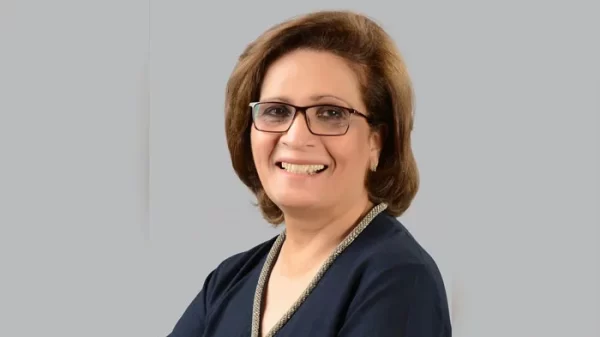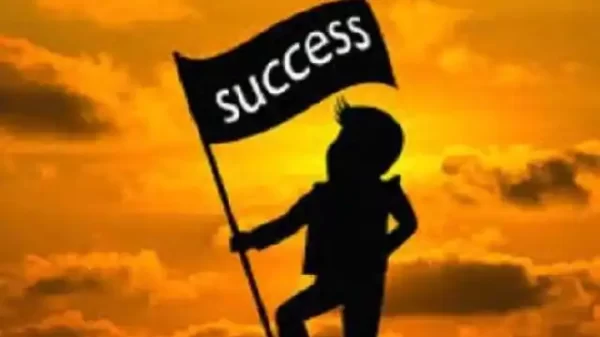Trophy hunting: Markhor hunting system in Gilgit-Baltistan is changing the lives of local people
I completed my MS from Quaid-e-Azam University with an educational loan. This loan was provided to me by the committee established for the protection of wildlife in our area.
This is the statement of Nida Fida Ali, a resident of Khyber area of Upper Hunza, Gilgit-Baltistan.
Nida Fatima Ali says that if I did not get this loan, I might not have been able to complete my education. I expect to repay this loan soon.
‘Just as those before me have given back and I have benefited from it.’
Nida Fatima Ali had obtained an education loan, but in this area of Hunza, the number of people who have obtained loans for employment is not less.
Ali Ghulam says that I started the business with a loan. Now my business is doing well. I am standing on my feet.
This loan program is run from the proceeds of hunting in Gilgit-Baltistan. According to Zahid Ali, who oversees the community conservation area established in the area, he has started various projects in his area with the funds received from trophy hunting.
“We invested with the money we got from trophy hunting,” he says. We are spending the profit from this on the welfare of the community by which we are bringing positive change in people’s lives.
Breeding from trophy hunting According to Wildlife Gilgit-Baltistan Conservator Ajlal Ahmed, every year 80 percent of the money earned from trophy hunting in different areas of Gilgit-Baltistan is distributed to the local community.
The Department has established Community Management Areas in these local communities. He said that the purpose of these community management areas is to spend the funds earned through trophy hunting on the local community.
Each community management area decides for itself where and how to spend these funds. However, it is necessary that they spend 30 percent of it on wildlife protection.
Ajlal Ahmed said that with this the local community also worked to protect the wildlife with great results.
He said that since trophy hunting started, we have noticed and all the experts agree that every year the number of wild animals, especially raptors and ibex, is increasing by 10-20%. Is.’
“Currently, according to our estimate, the number of markhor in Gilgit-Baltistan is between three and four thousand, while the number of ibex is 18-20 thousand.”
Zahid Ali said that we got 18 lakh rupees last year. “We work under the supervision of the wildlife department to spend the funds in an orderly manner and make better use of them.”
“Each year four to five student loans are given out for education while the same number or a little more are given out for business loans.”
He said, “In addition, we use this fund to protect the sports fields and recreational areas in our area.”
Ajlal Ahmed says that “we have some 62% protected area of the total area of Gilgit-Baltistan.”
Our community organizations are working in 50-55 percent of this protected area. Funds of 100 million rupees were provided to these organizations last year.
He said that local communities are free to spend these funds but the department keeps checks and balances on it.
“One of the conditions of the department is that 10 percent of the share should be spent as compensation for the loss of human life and property by wildlife.”
Record bidding Ajlal Ahmed said that the income from trophy hunting is increasing.
Ajlal Ahmed explains that there is a whole system of trophy hunting. In this system, great care is taken to hunt an animal that has a high clinical age.
Markhor’s clinical age is around 23/24 years. Every year, we work with the local community and experts to select an animal that is past medical age.
He said about four markhor and 100 ibex are trophy hunted every year.
In Markhor there is one international, one national and one for the local of Gilgit-Baltistan. International Markhor was bid for one lakh 65 thousand dollars.
“The second one was auctioned for 100,000 dollars and the third one for 100,000 dollars.”
He said that “actually there is a trophy of Markhor’s horn.” The highest bid has 53-inch horns. This usually happens rarely. Generally, Markhor horns are only 40 inches. Now due to being a big horn, his bid has also increased.
He explains that the animal is identified and videotaped prior to trophy hunting.








